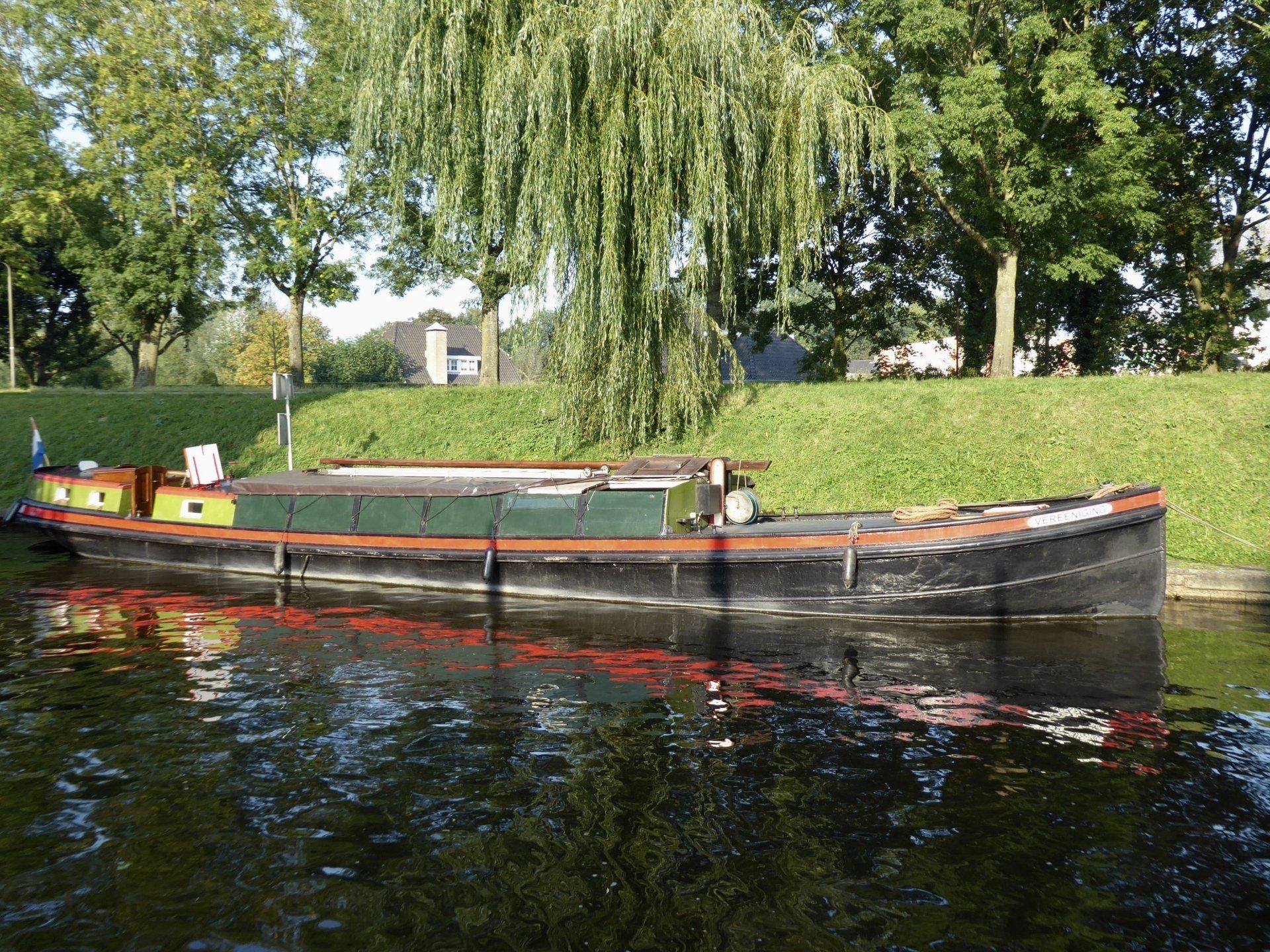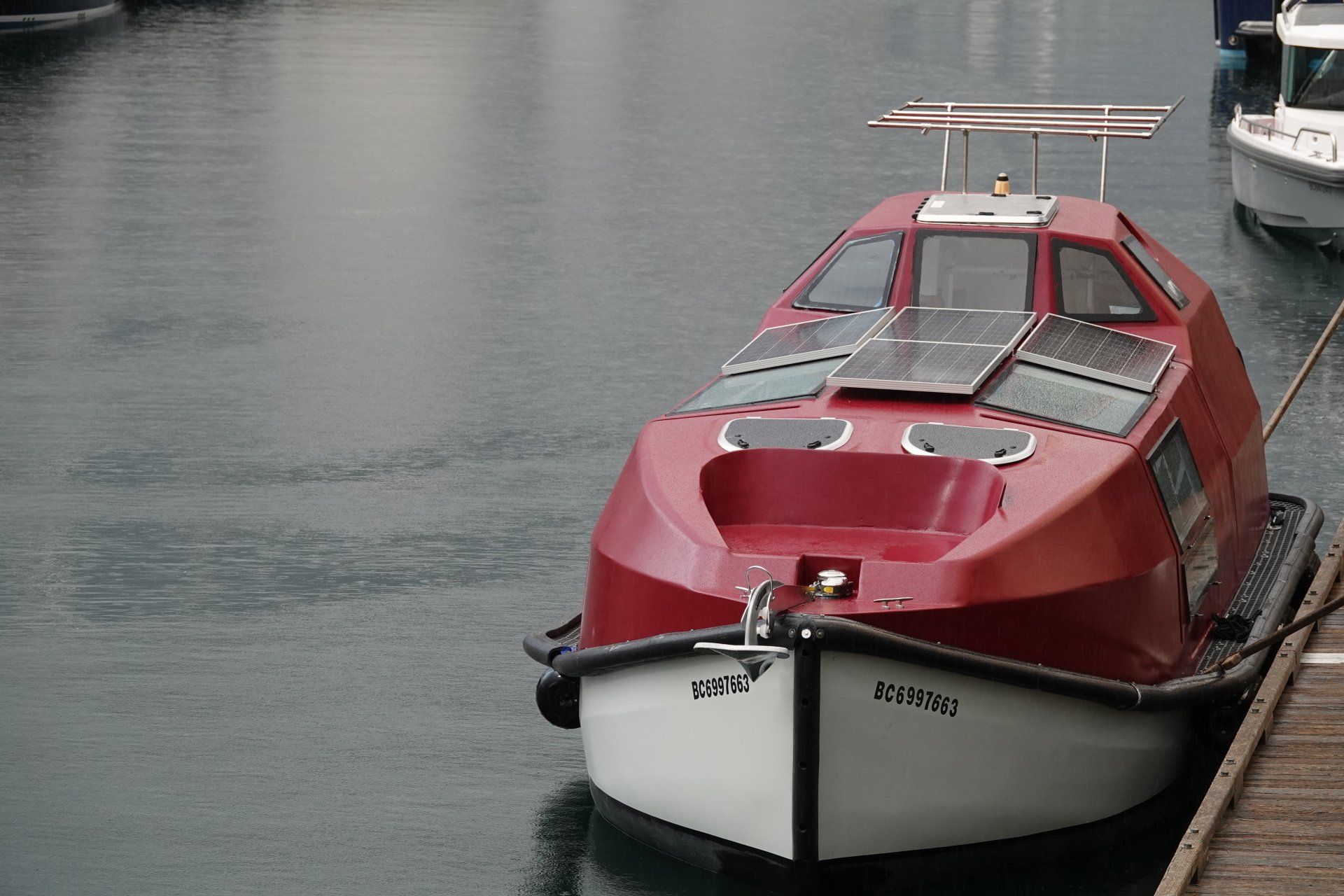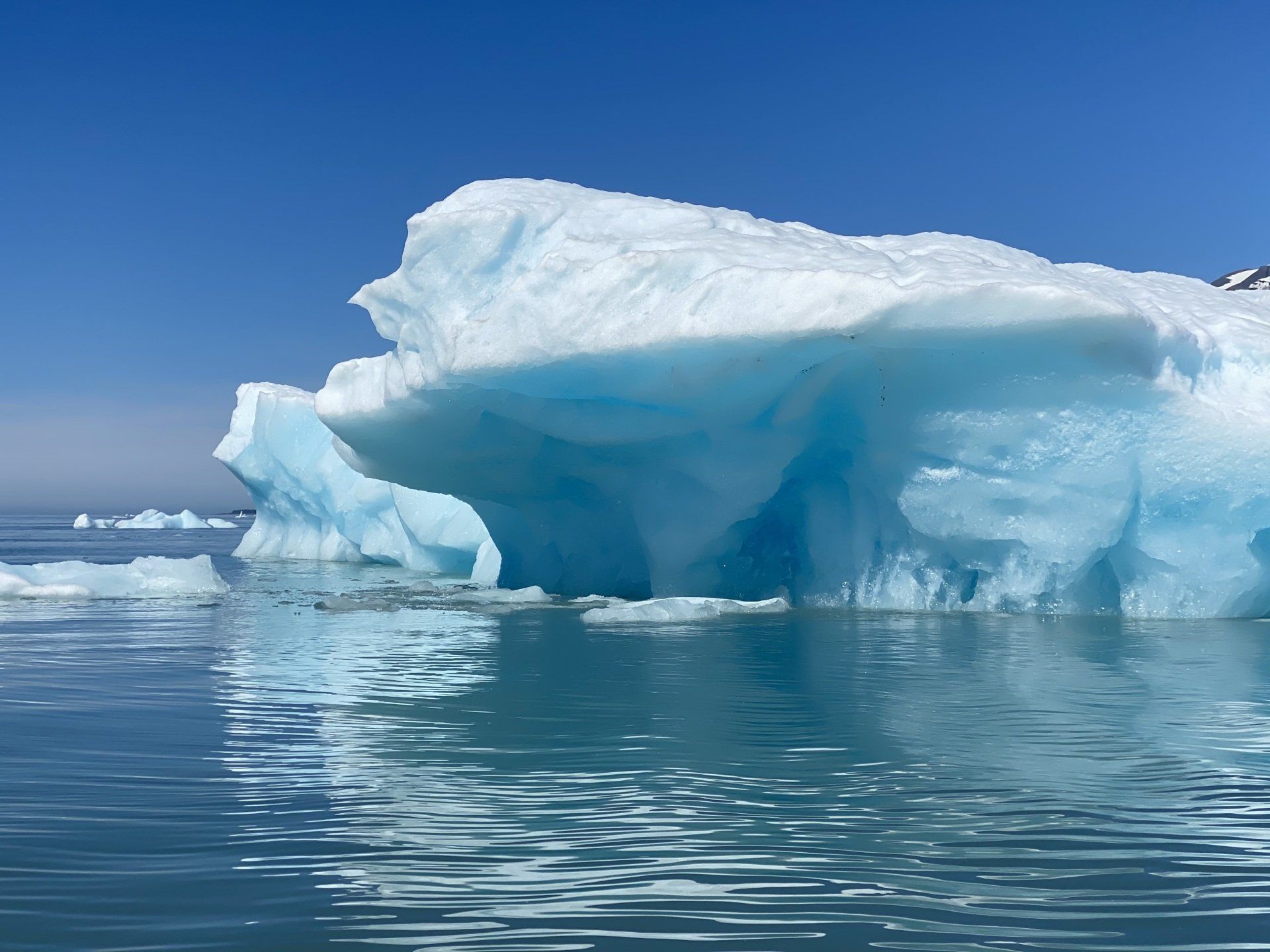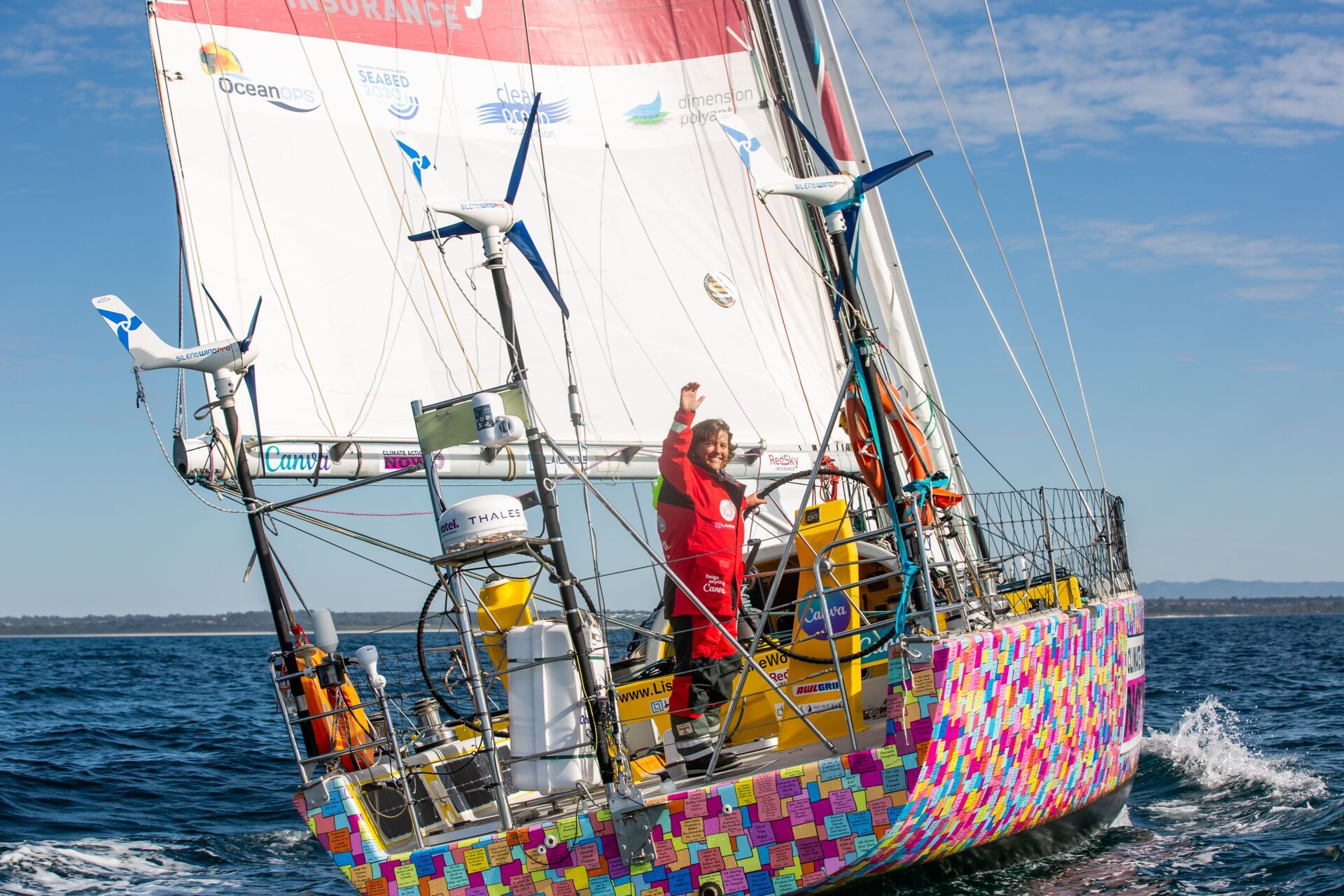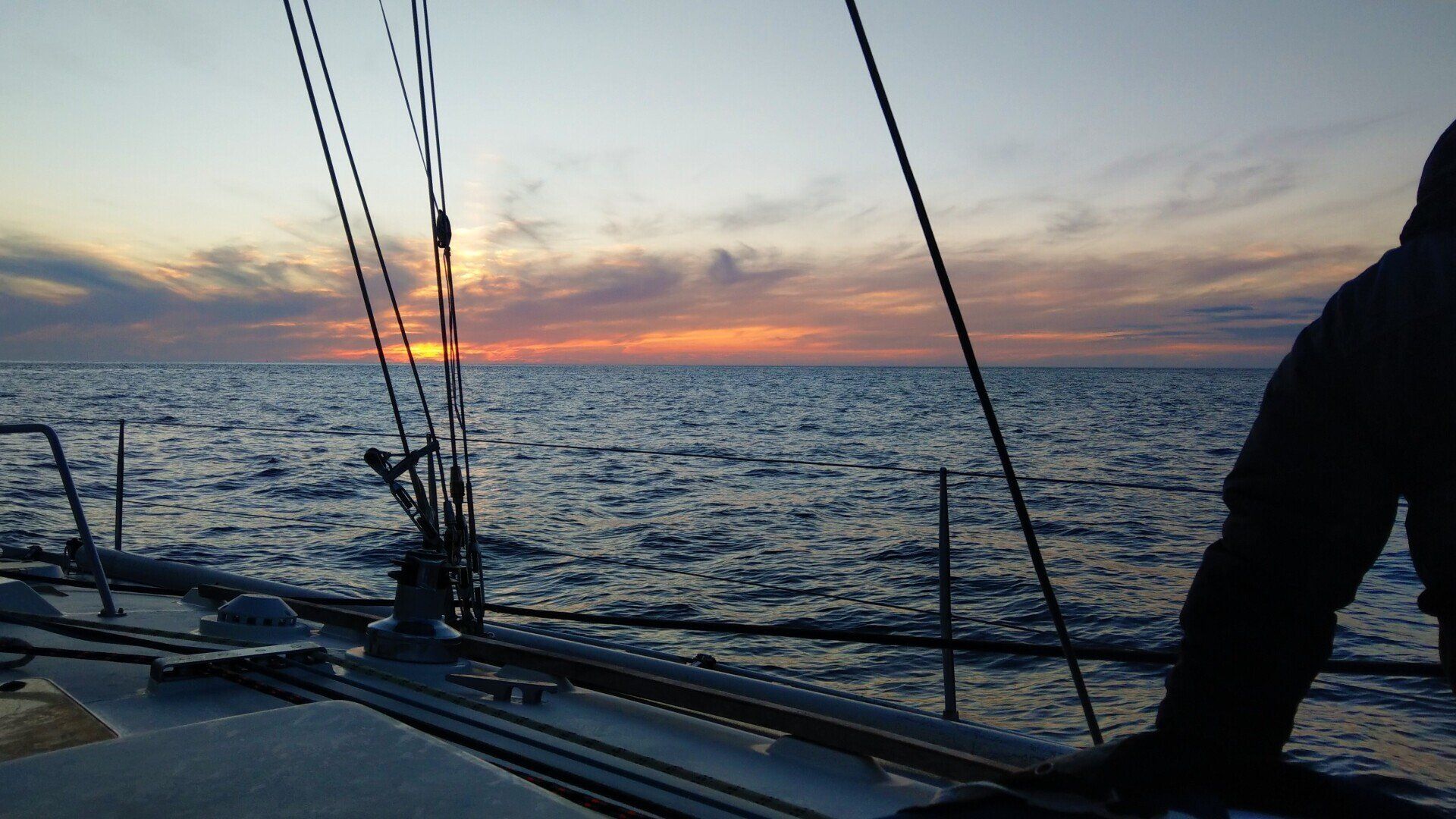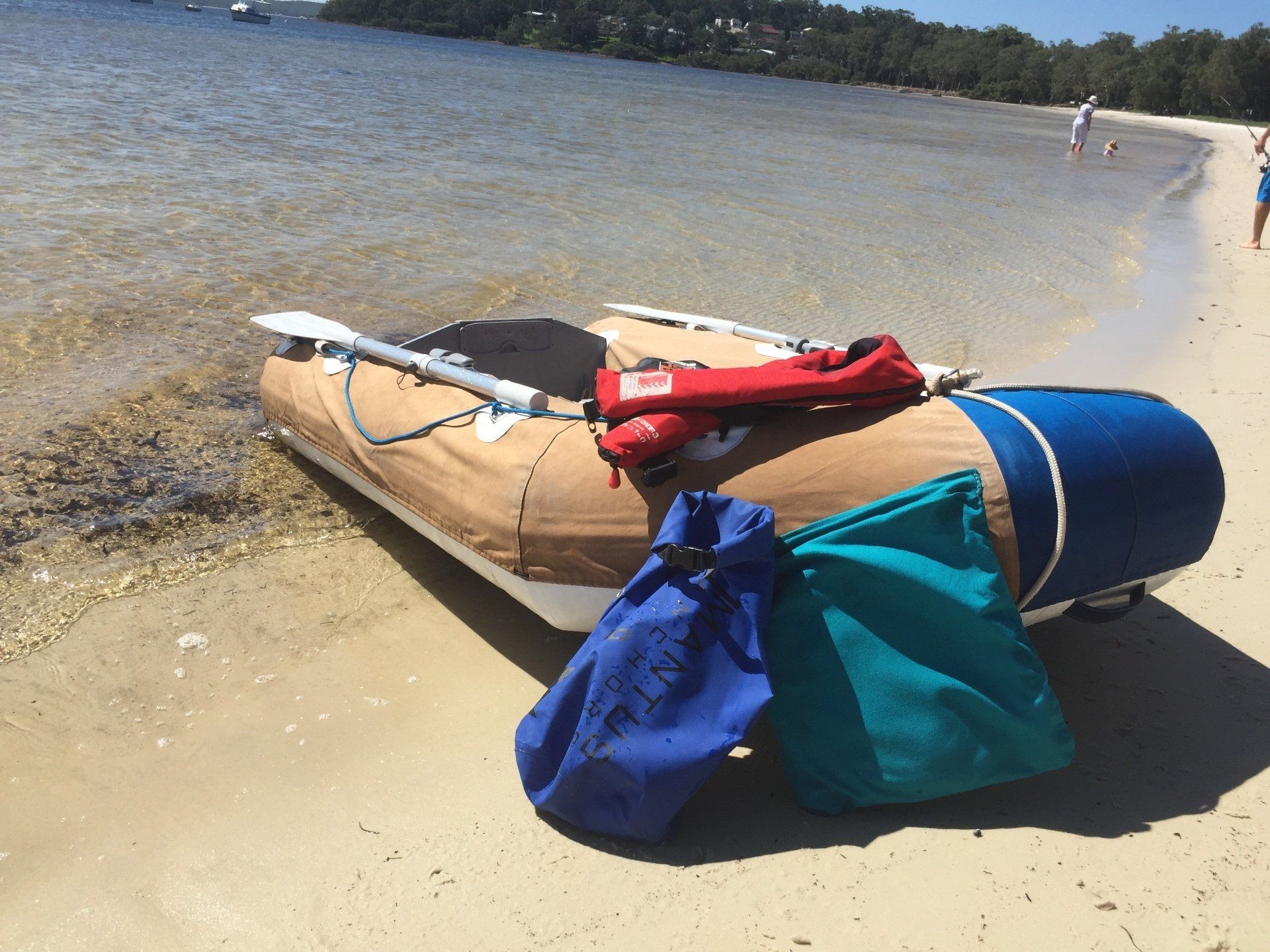Ahoy! Contact Us
Blog Layout
Croc wise in Queensland
Shelley Wright • May 01, 2021
Croc Wise In Queensland
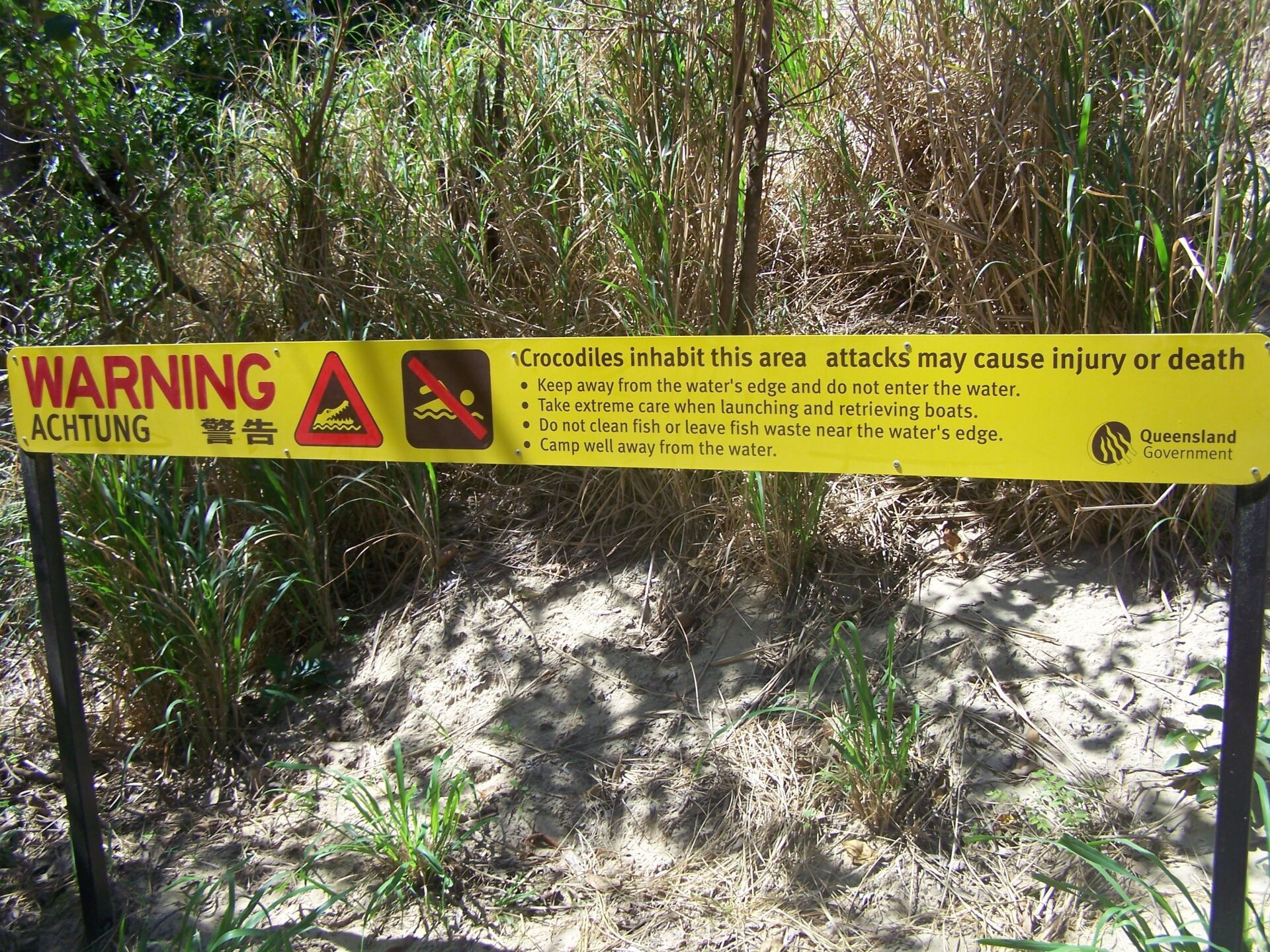
After moving to the Central Queensland coast many decades ago, learning to sail seemed a good idea. My husband-to-be and I bought a small neglected Hartley TS16 (trailer sailer), patched up the large hole in its hull, and set about teaching ourselves to sail the hard way, dodging coal ships and running aground on nearly every sand bank in Gladstone Harbour.
Over a few drinks at the local sailing club one night, an old yachtie warned us to be careful sailing around the ‘Narrows’, the stretch of water surrounded by mangroves that runs between the mainland and Curtis Island. He told us there were crocs.
Fresh from the lush green hills of New Zealand, where the most terrifying creature is a wētā (a large cricket), we figured he was joking and took little notice.
However, it wasn’t long before the chilling sound of a throaty growl while we were out on our little boat near the mangroves, and the sight of mud slides at low tide, had us taking him seriously.
The estuarine crocodile
The estuarine, or saltwater, crocodile (Crocodylus porosus) is the largest of all living reptiles, with males growing to five metres or more. They are found from India to northern Australia, and across to Vanuatu and the Solomon Islands. An ambush predator, estuarine crocodiles usually spend the northern Australian wet season in rivers and swamps. Breeding and nesting occurs between October and April. In the dry season (May to October) they move downstream into estuaries and coastal areas.
The estuarine crocodile population in northern Australia was decimated by widespread, unregulated, hunting last century. By 1971, 95 per cent of the population had been killed. Since then, full legal protection across all Australian states has seen a rapid recovery of croc numbers with current populations estimated at 100,000 to 200,000 adults.
Yachties are reporting more sightings. This could be the result of increasing crocodile numbers, increasing cruising yacht numbers, the advent of social media or, more likely, a combination of all three. Habitat destruction is also resulting in more croc interaction with people.
Estuarine crocodiles generally hunt at night, their night vision is excellent. They are more active during the summer months and spend more time in the water at this time. Estuarine crocodiles are highly mobile and can swim up to 25-30 km per hour in short bursts. In a study of 20 satellite tagged crocodiles in northern Australia, eight were tracked into the open ocean, with one travelling 590 km in 25 days.
In Queensland, from 1985 to present, there have been approximately 36 attacks on humans by crocs in the wild. Of these, 11 were fatal. All were in the far north.
Staying safe in ‘croc country’
Many first-time cruisers heading north along the Queensland coast are unaware how far south estuarine crocodiles can occur. ‘Croc country’ is generally recognised as beginning at the Boyne River, near Gladstone, however, they may be present wherever there is suitable habitat and they have been sighted as far south as the Great Sandy Strait. Particular care should be exercised when travelling or anchored in close proximity of known croc habitat, for example large rivers or estuaries, and mangrove areas around islands and channels. Common sense should prevail when using these waters.
Crocodiles can, and do, make their way out to the clear water of reef islands. While Lizard Island, a mecca to cruising yachties heading up the Cape York coast and northern Great Barrier Reef, has always been considered relatively ‘croc-free’, crocs up to 2.5 m long are sighted periodically. In 2016, a snorkeller at Lizard was bitten by a 2 metre crocodile while swimming at night.
While many people cruise the Queensland coast for years without ever seeing a croc, in reality there is potential to encounter crocs anywhere within the Great Barrier Reef Marine Park or adjacent waterways. Estuarine crocodiles are potentially extremely dangerous, warning signs should not be ignored and the absence of a sign should not be taken as an absence of crocs.
Some tips for staying safe in croc country include:
- Stay well back from croc slide marks (usually visible on mud banks) and away from the water’s edge near slides.
- Never clean fish or discard scraps near boat ramps or beaches. Never feed crocs, it is illegal to do so.
- Keep vehicles and boats at least ten metres away from a croc in the wild – it is illegal to approach any closer.
- Keep arms and legs within your boat. If fishing from a beach, stand several metres back from the water’s edge.
- Avoid being in or around the water at night.
- Estuarine crocodiles notice routine. If you are anchored somewhere for more than a day vary your activities and the time you undertake them.
All estuarine crocodile sightings in Queensland (particularly in populated areas) should be reported to the CrocWatch hotline 1300 130372.
A summary of current sightings and ‘crocodiles of concern’ can be found on the CrocWatch website:
Back issues of SisterShip Magazine
are available at www.sistershipmagazine.com
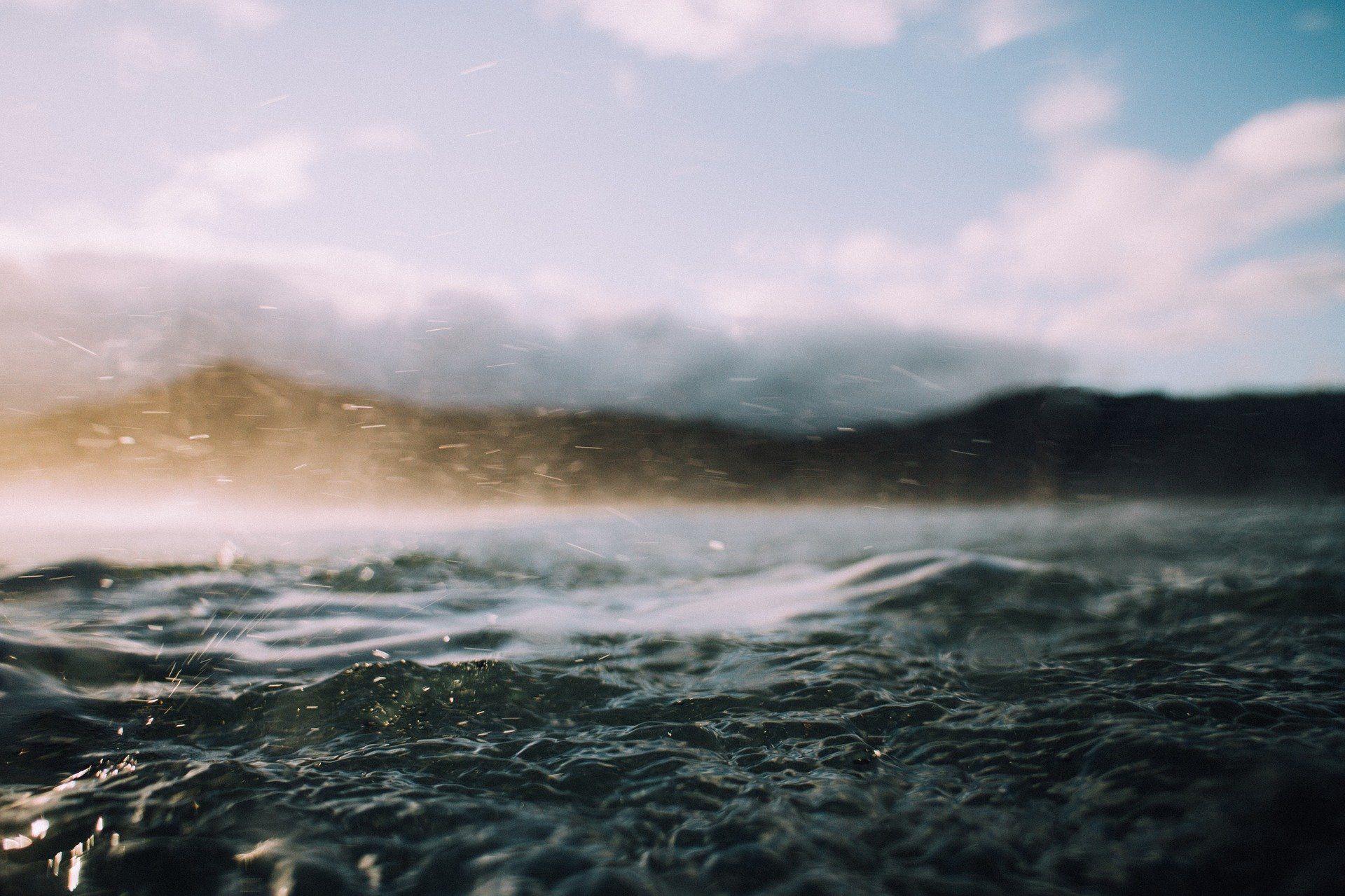
By Shelley Wright
•
22 Sep, 2022
I’m captivated by stories of women crossing oceans, especially those who undertook voyages decades before all the wonderful technology we have at our fingertips today. How many of us would head off without that technology I wonder? Even with all our modern gadgets, crossing an ocean solo is a daunting thought. The following are some of the books on my shelf written by trail blazing, solo sailing women from the 1970s and onwards...
Contact
editor@sistershipmagazine.com
Sign up for regular news from the Editor's desk, event notifications and lots more.
Thank you for subscribing to the Sistership News
Oops, there was an error sending your message.
Please try again later
Please try again later
All Rights Reserved | Sistership Magazine
Website proudly created by Saltwater Digital
© 2024


